 Searles Prairie Natural Area
Searles Prairie Natural Area
Entry Type: Place
 Searles Prairie Natural Area
Searles Prairie Natural Area
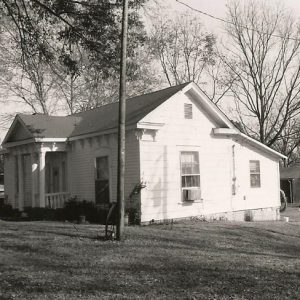 Sears House
Sears House
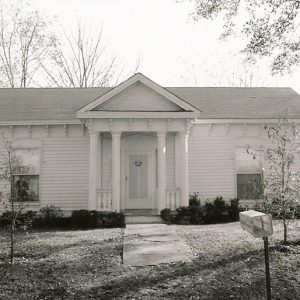 Sears House
Sears House
Sebastian County
 Sebastian County Courthouse, Fort Smith
Sebastian County Courthouse, Fort Smith
 Sebastian County Courthouse, Greenwood
Sebastian County Courthouse, Greenwood
 Second Baptist Church
Second Baptist Church
 Second District Agricultural School Main Building
Second District Agricultural School Main Building
 Security Bank
Security Bank
Sedgwick (Lawrence County)
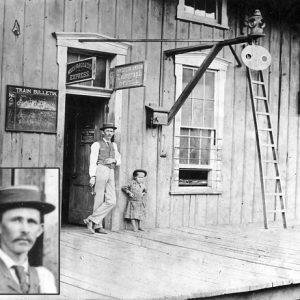 Segregated Waiting Room
Segregated Waiting Room
Sensation (Scott County)
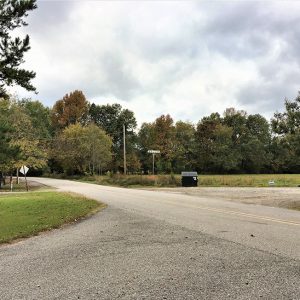 Sensation
Sensation
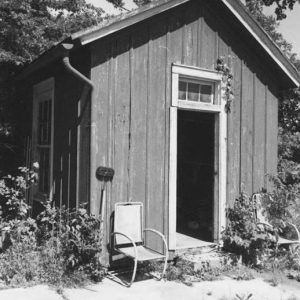 Servants' Quarters
Servants' Quarters
 Seven Devils Swamp Natural Area
Seven Devils Swamp Natural Area
Sevier County
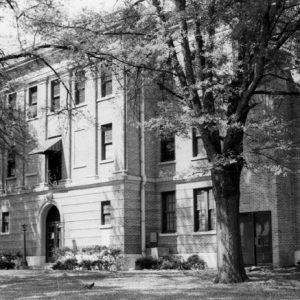 Sevier County Courthouse
Sevier County Courthouse
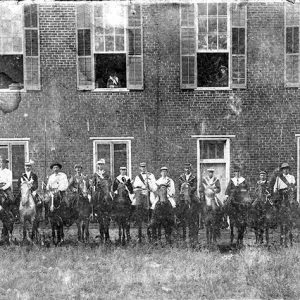 Sevier County Courthouse
Sevier County Courthouse
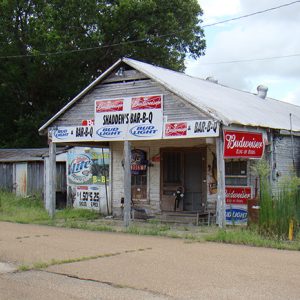 Shadden's B-B-Q
Shadden's B-B-Q
 Shady Grove Cemetery
Shady Grove Cemetery
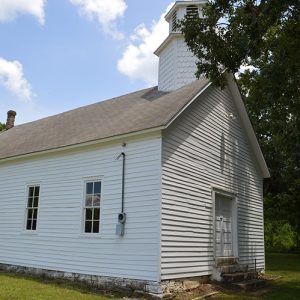 Shady Grove Delmar Church and School
Shady Grove Delmar Church and School
 Shady Lawn Mennonite Gospel Chapel
Shady Lawn Mennonite Gospel Chapel
Shannon Hills (Saline County)
Sharp County
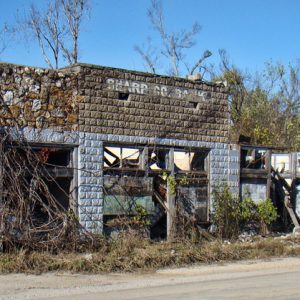 Sharp County Bank
Sharp County Bank
 Sharp County Courthouse
Sharp County Courthouse
 Sharp County Courthouse
Sharp County Courthouse
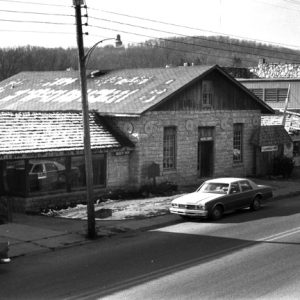 Sharp County Courthouse
Sharp County Courthouse
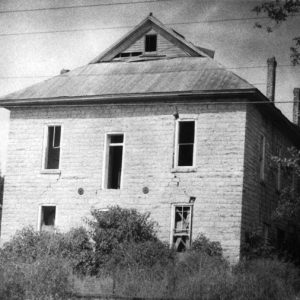 Sharp County Courthouse
Sharp County Courthouse
Shaw (Saline County)
 Shaw-Blair House
Shaw-Blair House
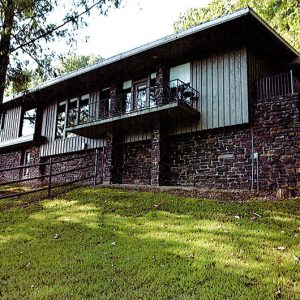 Shaw-Blair House
Shaw-Blair House
 Shaw-Blair House
Shaw-Blair House
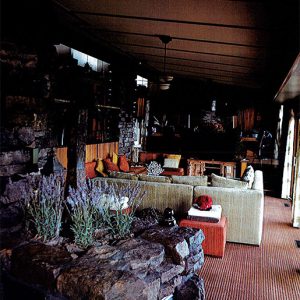 Shaw-Blair House Interior
Shaw-Blair House Interior
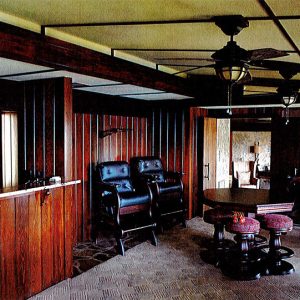 Shaw-Blair House Interior
Shaw-Blair House Interior
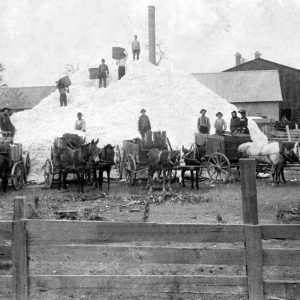 Sheeks-Stephens Gin
Sheeks-Stephens Gin
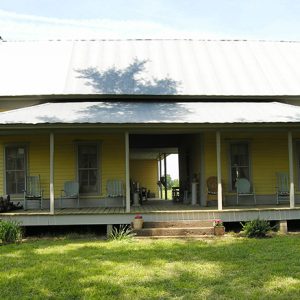 Shelton-Lockeby House
Shelton-Lockeby House
Sheridan (Grant County)
 Sheridan Street Scene
Sheridan Street Scene
 Sheridan Street Scene
Sheridan Street Scene
 Sheridan Train Depot
Sheridan Train Depot
 Sherman Mound
Sherman Mound
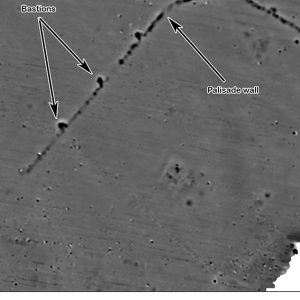 Sherman Mound Bastion Wall
Sherman Mound Bastion Wall
 Sherrill United Methodist
Sherrill United Methodist
Sherrill (Jefferson County)
Sherwood (Pulaski County)
 Sherwood Fest
Sherwood Fest
Shiloh (Scott County)
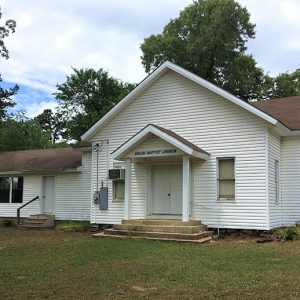 Shiloh Baptist Church
Shiloh Baptist Church
 Shiloh Cemetery
Shiloh Cemetery




